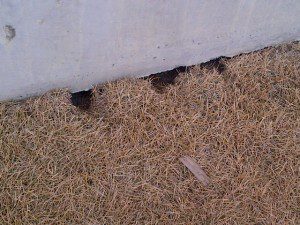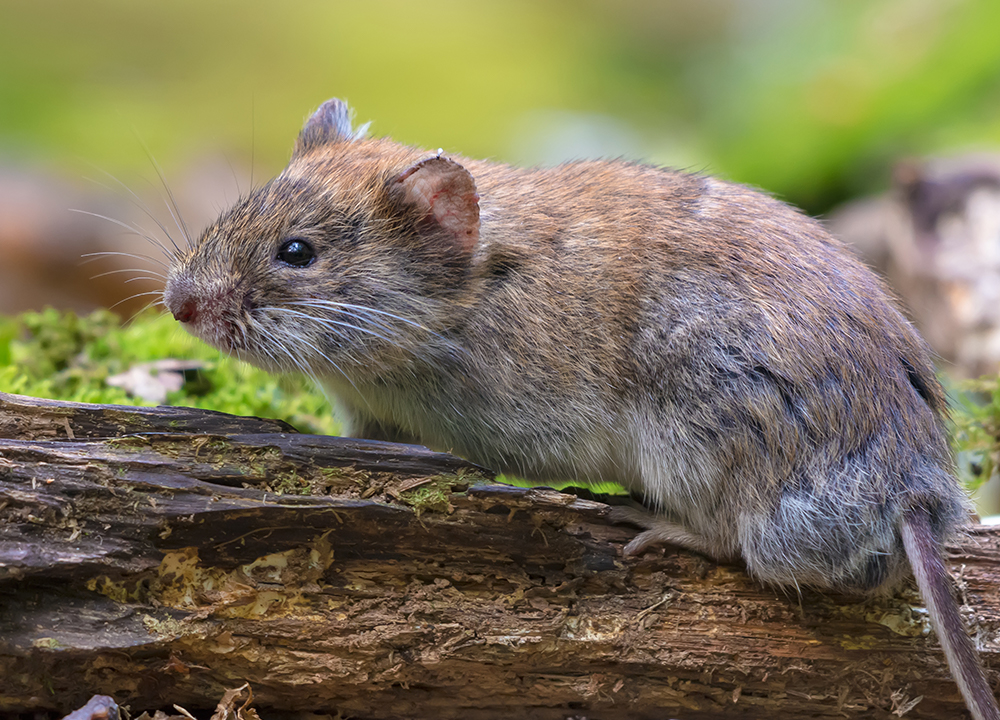Understanding Vole Insect Control: Comprehensive Insights on Infestation Prevention and Therapy Methods
By identifying the refined signs of vole invasion early on, we can take positive procedures to prevent prevalent damage. In this discussion, we will explore the subtleties of vole actions, dive right into the identification of problem indicators, and reveal the most effective prevention and therapy techniques.
Understanding Vole Behavior
Checking out the foraging patterns of voles provides beneficial understandings into their actions and habitat choices. Voles, small rats resembling mice, are herbivores recognized for their below ground tunneling tasks. By observing their foraging habits, researchers can get a better understanding of where voles choose to establish their environments and the level of their environmental impact. Voles are prolific dog breeders, with a single female with the ability of producing several litters in a year, making it important to comprehend their habits for effective parasite control strategies.
Study indicates that voles show careful feeding habits, liking seeds, bulbs, and origins. This nutritional preference affects their foraging patterns, leading them to areas abundant in vegetation and ground cover. Furthermore, voles are recognized to develop elaborate passage systems for foraging and nesting objectives, showing a high degree of flexibility to their surroundings.
Recognizing vole actions is crucial for applying targeted parasite control steps that disrupt their environment choices and foraging activities (vole lawn damage). By studying their behavior, specialists can establish a lot more effective prevention and therapy methods to handle vole invasions

Identifying Indications of Vole Infestation
Vole infestations can be discovered by recognizing specific indicators of their presence in a location. Among one of the most usual indicators of a vole problem is the visibility of surface area paths. Voles produce networks of slim paths on the ground that are normally around two inches large. These runways are usually located in verdant locations or underneath mulch or ground cover where voles can move freely and look for food.
Another essential indication of vole problem is the presence of little burrow openings in the ground. Voles dig shallow burrow systems with several entrances and exits. These burrows act as shelter and nesting websites for the voles. In addition, voles are understood to leave behind eaten plant stems, origins, and bulbs near their burrow openings, showing their feeding task in the location.
Moreover, vole droppings can likewise symbolize their existence. Vole droppings are small, brownish, and cylindrical fit, appearing like grains of rice. Finding these droppings along runways or near burrow openings can validate a vole invasion. By being alert for these signs, homeowner can immediately address vole invasions and avoid further damage.
Carrying Out Proactive Prevention Procedures

Furthermore, utilizing natural vole deterrents like castor oil-based repellents or killer pee can function as reliable precautionary actions. It is likewise advisable to consistently evaluate outside spaces for any kind of indications of vole activity, such as paths or tunnel openings, to address possible infestations without delay. vole lawn damage. By adopting these aggressive prevention techniques, property proprietors can significantly decrease the likelihood of vole damage and keep the health and wellness and aesthetic appeals of their landscapes
Efficient Therapy Methods
Integrating targeted trapping techniques and utilizing approved rodenticides are vital parts of effective treatment approaches for taking care of vole problems. Regular surveillance and upkeep are additionally vital aspects of successful treatment browse this site techniques to ensure that vole populations are kept under control. By integrating capturing, rodenticides, environment modification, and regular monitoring, reliable vole pest control can be accomplished.
Monitoring and Maintenance Tips
Routine tracking permits for the very early detection of vole task, allowing timely intervention before problems get worse. To effectively keep track of vole populations, purposefully put traps can be used in vole runways or near burrow entryways.
Furthermore, keeping a clean and clean landscape is essential in vole prevention. Clearing away debris, such as heaps of timber or thick plant life, removes possible vole environments. Routinely mowing lawns and trimming plant life aids reduce vole hiding spots and decreases their accessibility to food resources.
In addition, recurring upkeep of physical barriers, such as fences or cable mesh, is important to stop vole invasion. Checking and repairing any damages to these frameworks ensures that vole control remains efficient in guarding buildings from infestations. By incorporating these monitoring and upkeep techniques right into a detailed vole pest control strategy, people can successfully handle vole populations and safeguard their buildings from damages.
Verdict
Finally, understanding vole insect control requires a solid understanding of vole actions, the ability to identify indications of invasion, executing positive avoidance procedures, efficient therapy techniques, and constant monitoring and maintenance. By taking an extensive approach to vole control, people can properly handle and avoid infestations, inevitably safeguarding their building and bordering environment from damages triggered by these little rats.
In this conversation, we will check out the click reference nuances of vole habits, delve right into the identification of problem signs, and uncover the most effective prevention and therapy methods.Including targeted trapping approaches and using accepted rodenticides are vital components of reliable treatment methods for managing vole problems. To properly keep an eye on vole populations, strategically put traps can be made use of in vole runways or near burrow entryways. Inspecting and repairing any kind of problems to these structures makes sure that vole control continues to be effective in securing properties from invasions. By integrating these surveillance and maintenance methods right into a comprehensive vole insect control strategy, individuals can effectively handle vole populaces and shield their residential properties from damages.